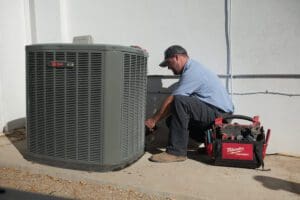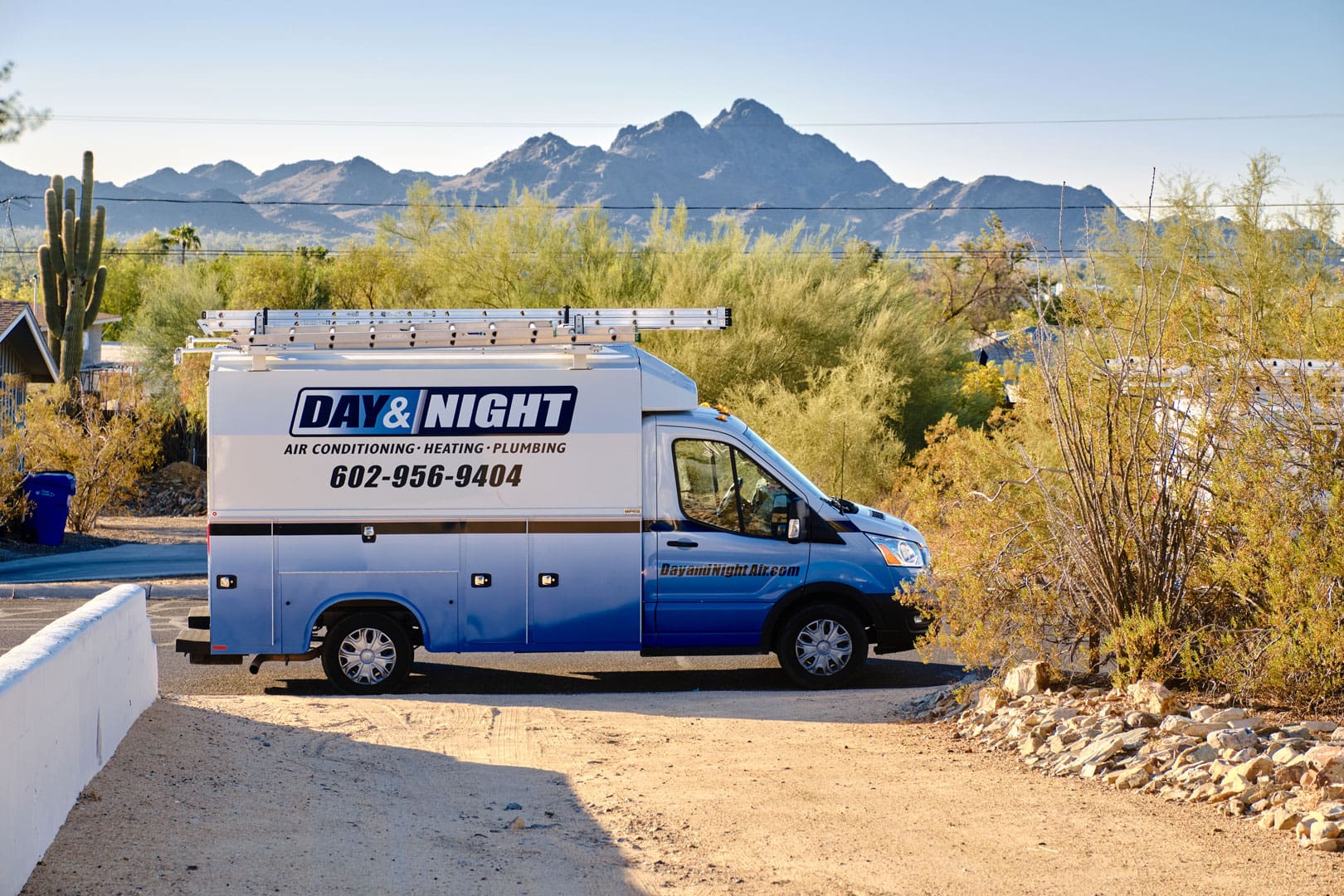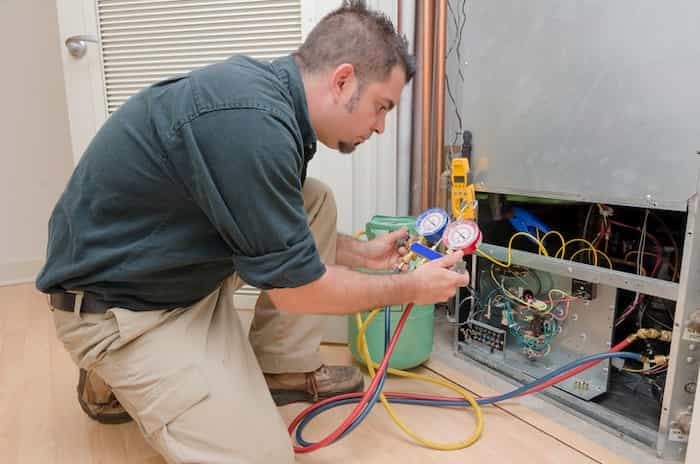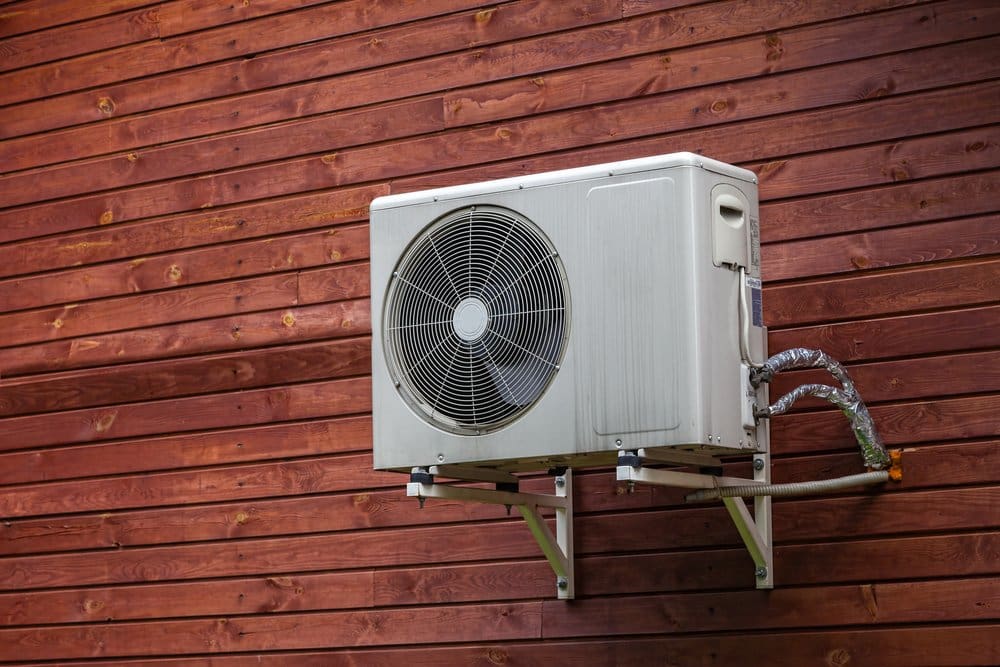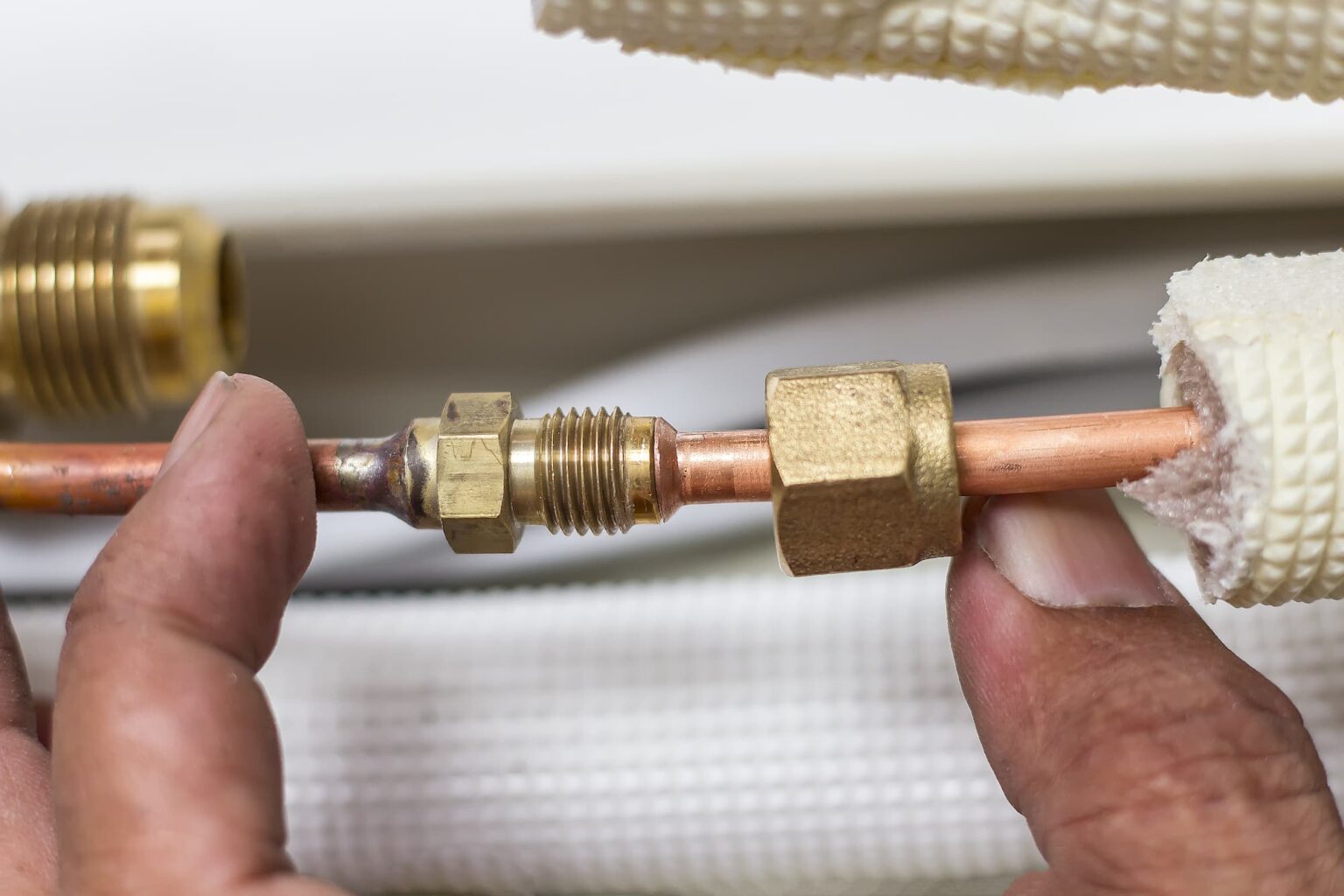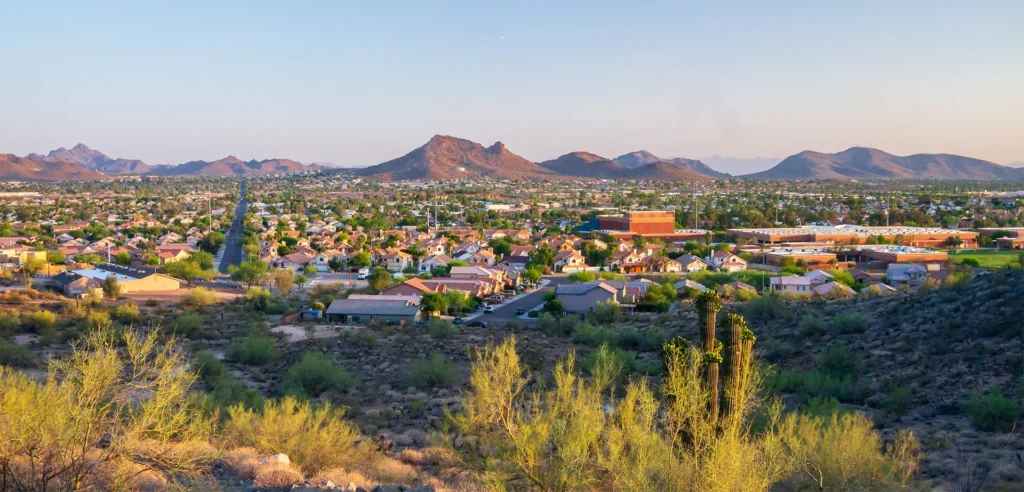When the Phoenix, Arizona, heat climbs towards triple digits, having a high-quality HVAC system is a lifesaver. Coming home from work to a cool house is irresistible. In fact, comfortable Phoenix, AZ, heating and cooling can help you sleep better at night and feel less stressed during the day. Getting ready for summer temps should always include making sure your air-conditioner is ready for anything.
Tips for Staying Cool in Arizona’s Summer Heat
The key to keeping your home cool is to reduce the amount of outside heat entering and maximize the efficiency of your air conditioner. That way your AC can handle the highest Phoenix temps. At the same time, you save money on your electricity bill every month. Here are some tips for enjoying a refreshing home without breaking the bank.
1. Take Care of Routine Preventative Maintenance
An HVAC unit is your ticket to paradise when it comes to ideal temperatures. Guaranteeing a comfortable home throughout the year means taking the time for preventative maintenance. Some tasks need to happen once or twice a year. Most AC companies in Phoenix recommend inspection and cleaning of your HVAC system every six months.
Every month, clear away dried leaves and debris from the outdoor unit and wipe it down with a cloth. At least four times a year, change your AC’s air filter or have a pro take care of it. All of these tasks extend the unit’s lifetime and makes sure it operates correctly.
2. Fix Problems Quickly
Small issues with an AC fan are relatively easy to fix if you find them quickly. They may simply involve correcting wiring problems or replacing a belt. By getting a professional to perform repairs quickly, you can have your HVAC air conditioner back to pumping out cool air in no time. On the other hand, waiting too long can lead to serious problems that require emergency visits and an extended time without the air-conditioner.
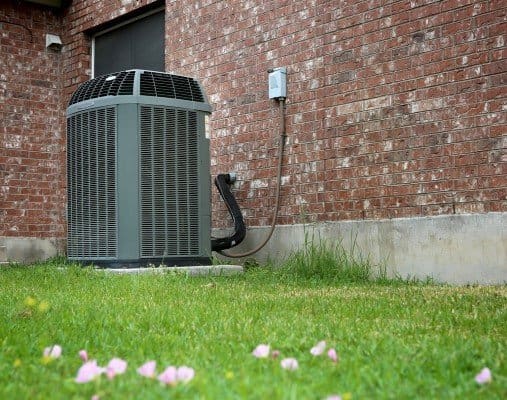
3. Reduce the Amount of Heat Coming Through Windows
We understand how incredible it is to watch the sunrise from your breakfast table or observe adorable little creatures in your garden. Letting some sunlight inside the home is a good thing. However, Arizona temperatures can get excessive, which quickly makes rooms feel the heat. Did you know that most of the heat coming in from outside enters through your windows?
Taking steps to increase the cooling efficiency of the home pays off a lot for energy savings and comfort. There are several ways to limit the amount of heat coming inside and still enjoy bright spaces:
- Blackout curtains, drapes and blinds: Window coverings have a significant impact on sunlight and heat. Blackout curtains lower the home’s temperature by reflecting sunlight back outside. Wood blinds are another natural insulator against heat. With these solutions, you can block light during the hottest parts of the day and enjoy the view the rest of the time.
- Outdoor shade screens: Shade screens add to the cooling efficiency of your entire house. They provide an extra layer of protection against heat and keep it focused outside.
- Shade trees: Few things can beat the heat like a good source of shade. Large shade trees lower temperatures for home windows and walls. The key is to put them in the right places. After all, you don’t want to completely block your view, but you do want to block sunlight in the afternoon. If your landscaping budget allows, use large shade trees that cover the south and west areas of the house.
- Energy efficient windows: Older homes often have windows with a single pane. These can look attractive, but they don’t deliver much in the way of cooling. Choosing modern dual- or tri-pane windows is a smart choice for staying cool. These styles have an air barrier between each pane that acts as an insulator against heat. In other words, the exterior gets hot while the inside keeps cool.
It’s OK to decorate your home with the curtains and furniture that make you happy, but you should still remember that light colors are more energy efficient. Black and dark shades absorb the sun’s rays. White and light tones, on the other hand, reflect sunlight and make everyone feel cooler.
4. Choose the Right Thermostat Settings
Everyone has different preferences when it comes to desired thermostat settings. Fortunately, once you know what you like, modern thermostats are pretty good at adapting. For example, smart thermostats can adjust HVAC output to keep indoor temperatures stable in the morning, afternoon and evening. You can even use presets to lower energy usage while you’re at work and enjoy cooler temperatures as soon as you get home.
There’s a close relationship between extra cooling and energy consumption. The cooler you want the home, the more your HVAC needs to run and the more electricity it uses. In theory, you can set your thermostat very low, but it’s not usually practical to go below 68 degrees in Arizona. Try a setting of 75–80 degrees and see if you feel comfortable. This can save quite a bit on your energy bill, and it reduces the stress on your AC.
The Importance of Keeping the AC Running During Vacation
A common mistake that many Phoenix residents make is turning the AC off when leaving on vacation. This is especially common when couples use their Arizona house as a winter home, only spending 4–6 months here. However, completely shutting off your air-conditioner is never a good idea in Phoenix.
Arizona’s intense heat can cause problems inside the house if left unchecked. Items such as wallpaper, artwork, furniture, candles and beauty products can suffer damage in excessive heat. If Phoenix goes through a humid spell, things can be even worse. Wood floors may warp in too much humidity.
Without the HVAC system running, temperatures inside the house can temporarily get as hot or hotter than outside. That’s bad for electric appliances as well. Unless you take everything out of your refrigerator and freezer and disconnect them, turning off your air-conditioner suddenly puts a ton of stress on their cooling systems. Fridges just aren’t designed to stand up to 100-degree temperatures for an extended period of time without some help.
Of course, this doesn’t mean you need to run the AC at full throttle. There’s nothing wrong with saving energy by selecting a moderate thermostat setting. If you usually set house temperatures at 77 degrees, turn them up to 85 or 87 degrees instead. The idea is to always have the HVAC turned on so it prevents heat spikes of 95 degrees or more.
How to Tell If Your HVAC System Needs Repairs
Before summer hits, you should always call an HVAC technician for a system inspection. This professional can give everything a once over and fix problems quickly. There are also a few warning signs that can alert you to bigger issues. If you notice them, make sure to contact our team right away.
- Strange noises or vibrations: Any kind of noise that isn’t normal usually indicates some problem in an air-conditioner. Vibrations and rattling can mean that parts are loose or broken. Worn belts can also cause a squealing sound. Scraping noises usually indicate fan issues, poor lubrication or bad bearings.
- Constant running: Normally, an HVAC unit should turn on and off many times throughout the day. It engages when the home needs additional cooling to reach the desired thermostat temperature. If the air-conditioner doesn’t shut off, or runs far longer than normal, it’s time to call a pro. Your HVAC may have clogged ducts or an electrical problem.
- Unpleasant smells: If you’re outside and you notice a burning smell coming from the AC, there may be burnt wires that need replacing. Other bad odors can indicate moisture problems. If you see any water accumulated in the HVAC unit drain pan, it’s a sign that a condensation pipe is probably clogged.
- Incorrect vent temperatures: There should be a difference between the overall temperature of a room and the air coming out of your home’s vents. This is called the split. Usually, the HVAC unit should deliver a split of 20 degrees. In other words, if you set your thermostat to 75 degrees, the HVAC system should deliver air at 55 degrees. If the air is too hot (65 degrees) or too cold (45 degrees), there’s a problem with the AC or your thermostat.
- Frost or water around the unit: An AC shouldn’t have ice accumulated around its condenser coils, and there should never be a pool of water underneath it. If you see ice, liquid or fluid leaks, call a professional ASAP. It’s not a good idea to run an air conditioner without sufficient coolant.
- No output: One of the biggest indicators that something is wrong is that the HVAC unit doesn’t work. If you aren’t getting any cool air inside the house, or the AC doesn’t turn on, you need an expert inspection right away.
HVAC problems can be relatively simple, such as a clogged air filter or a blocked duct. Other issues are very serious, such as faulty bearings or burnt wiring. If you’re not sure what the problem is, the safest course of action is to give our team a call immediately. That way you avoid letting minor things turn into major inconveniences. We’re always happy to answer any of your questions.
Schedule an Appointment with Phoenix’s Heating and Cooling Professionals at Day & Night Today!
At Day & Night, we have over 40 years of experience with HVAC installation, maintenance and repairs. We know what it’s like to live in Phoenix, and we know and understand what air-conditioners have to face here.
Our expertise provides great benefits for your cooling system. If you want to upgrade to a newer, more energy-efficient model, we can provide recommendations customized for your home. Contact our friendly team right away for assistance.

